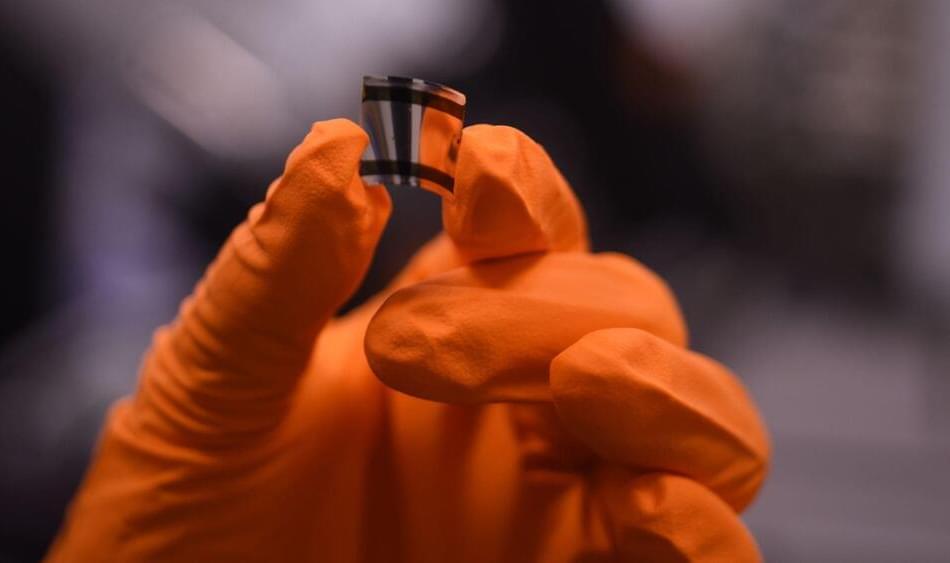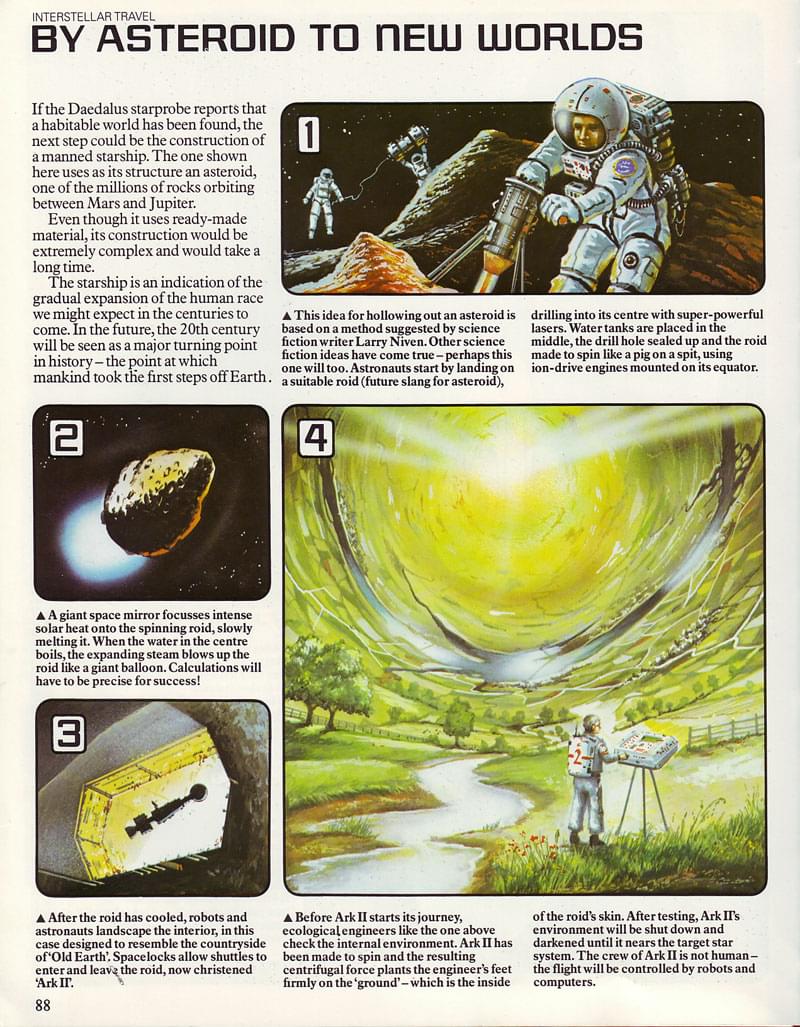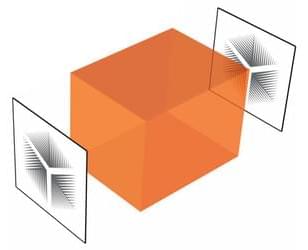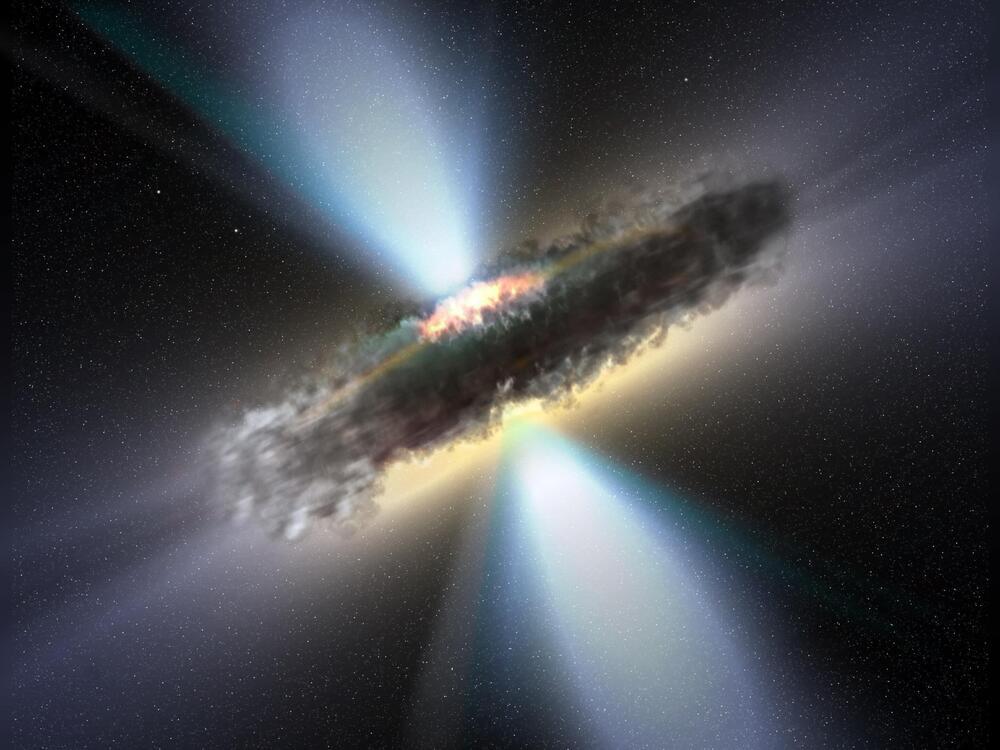The biggest companies in AI aren’t interested in paying to use copyrighted material as training data, and here are their reasons why.
The US Copyright Office is taking public comment on potential new rules around generative AI’s use of copyrighted materials, and the biggest AI companies in the world had plenty to say. We’ve collected the arguments from Meta, Google, Microsoft, Adobe, Hugging Face, StabilityAI, and Anthropic below, as well as a response from Apple that focused on copyrighting AI-written code.
There are some differences in their approaches, but the overall message for most is the same: They don’t think they should have to pay to train AI models on copyrighted work.
The Copyright… More
Most argue training with copyrighted data is fair use.









